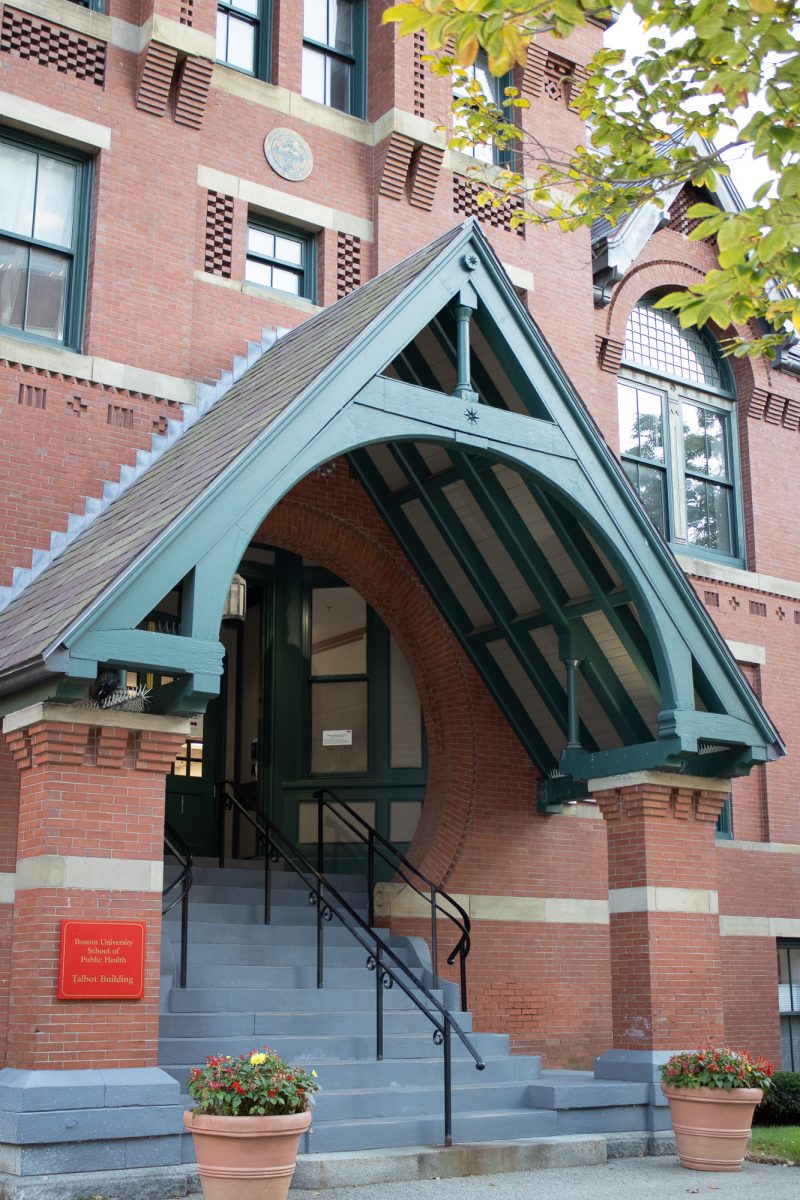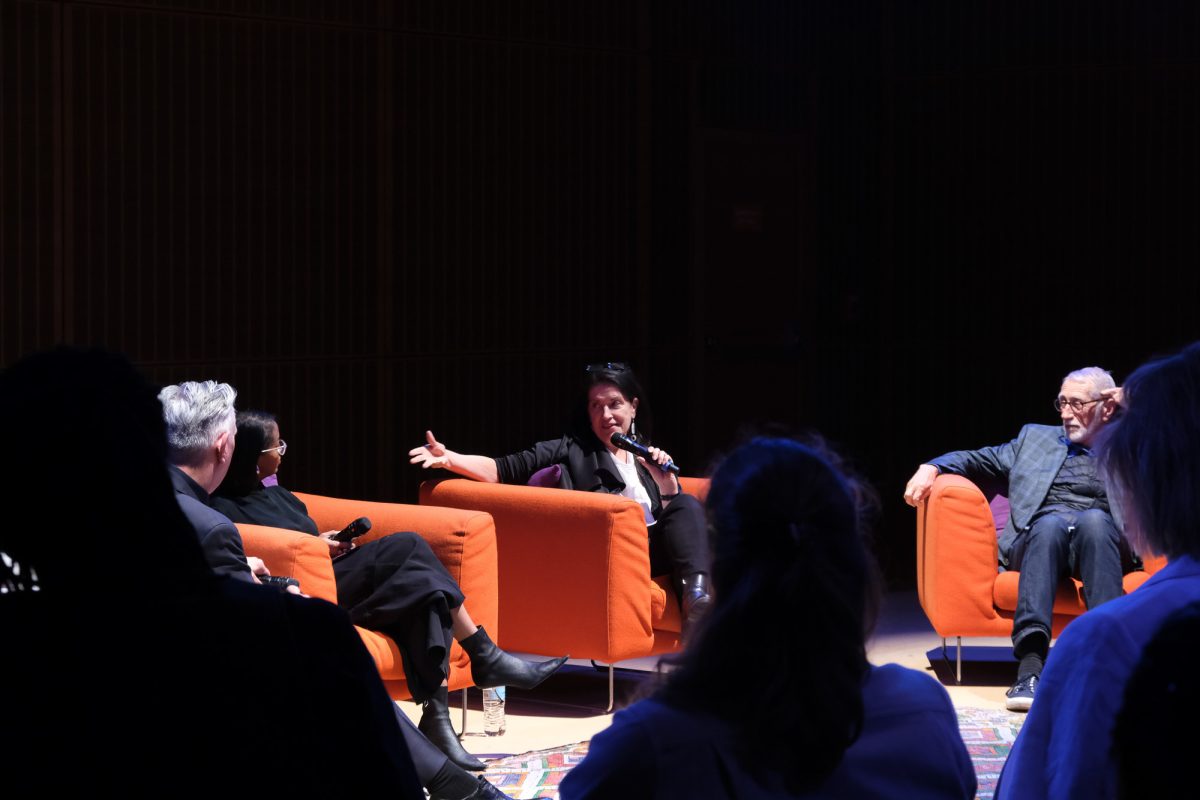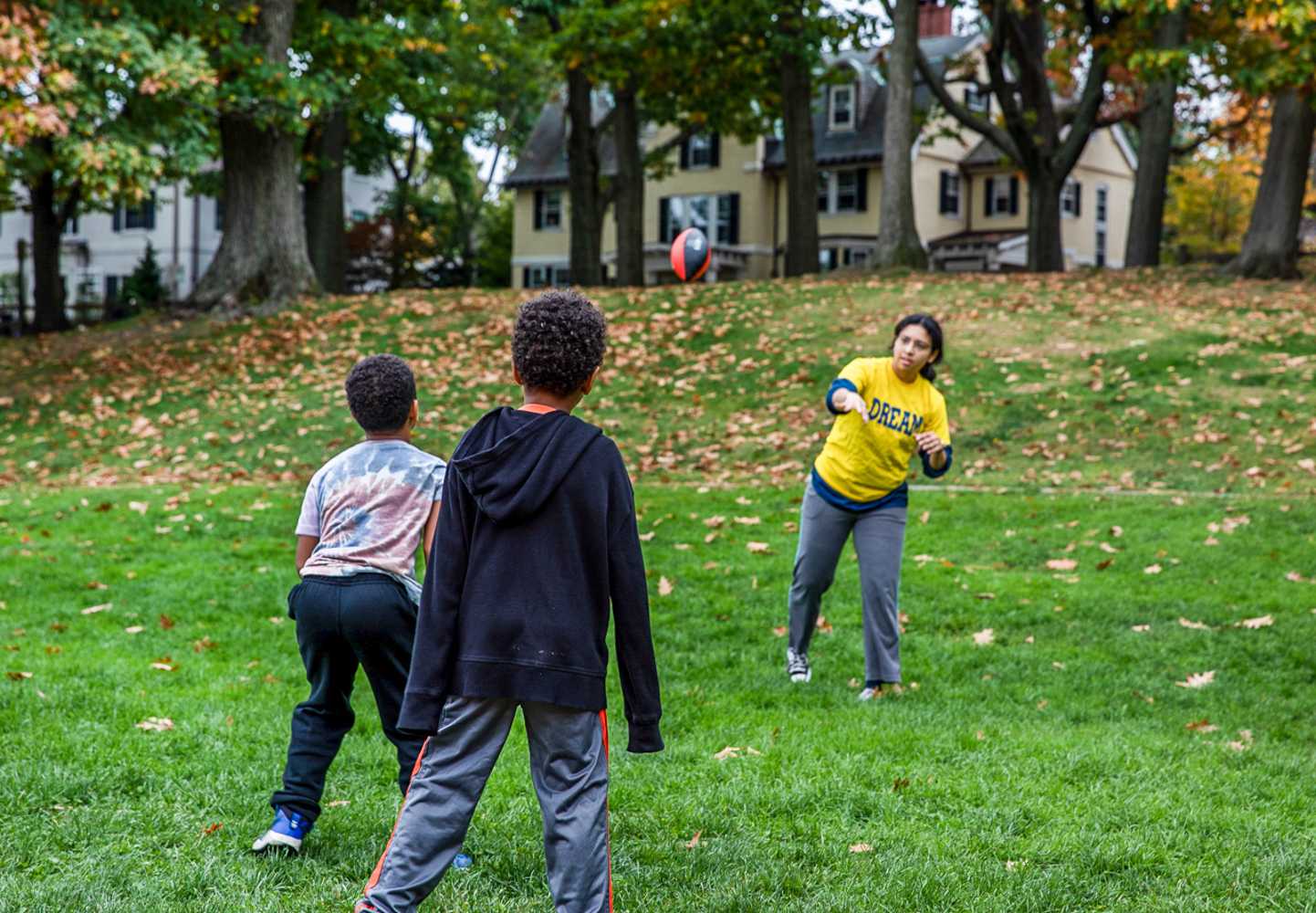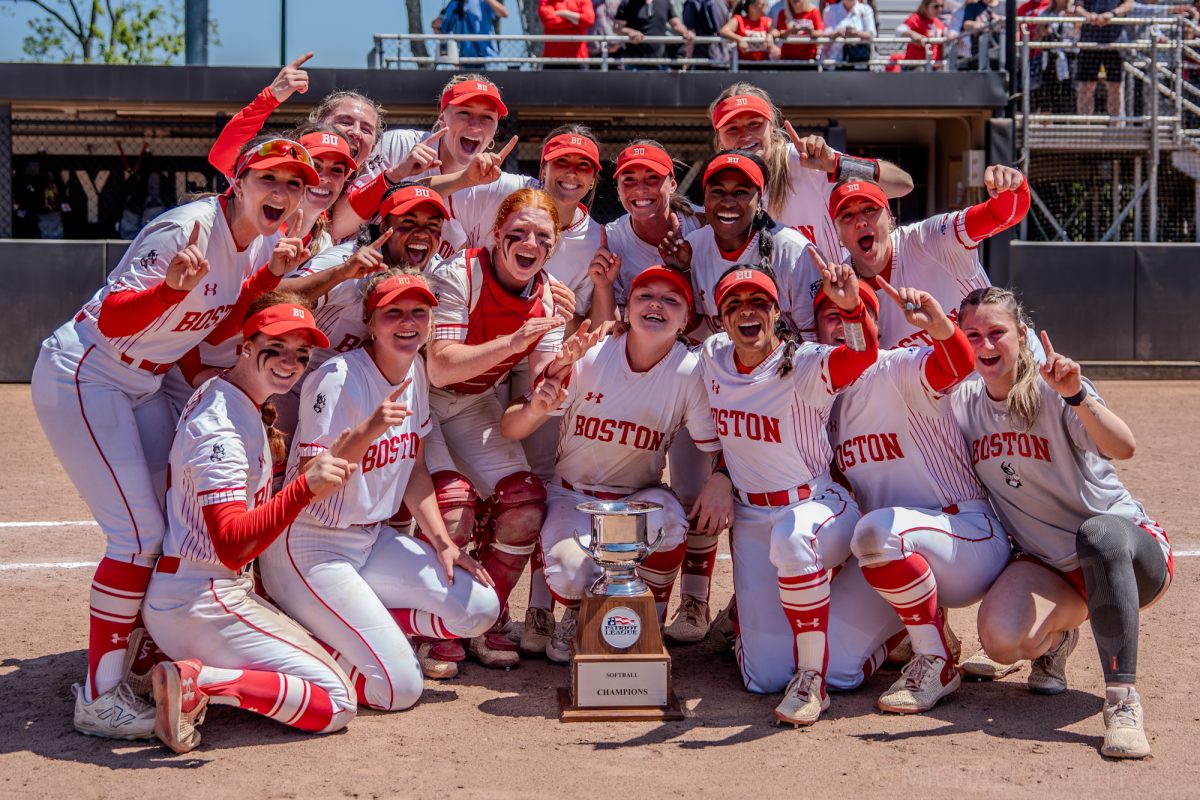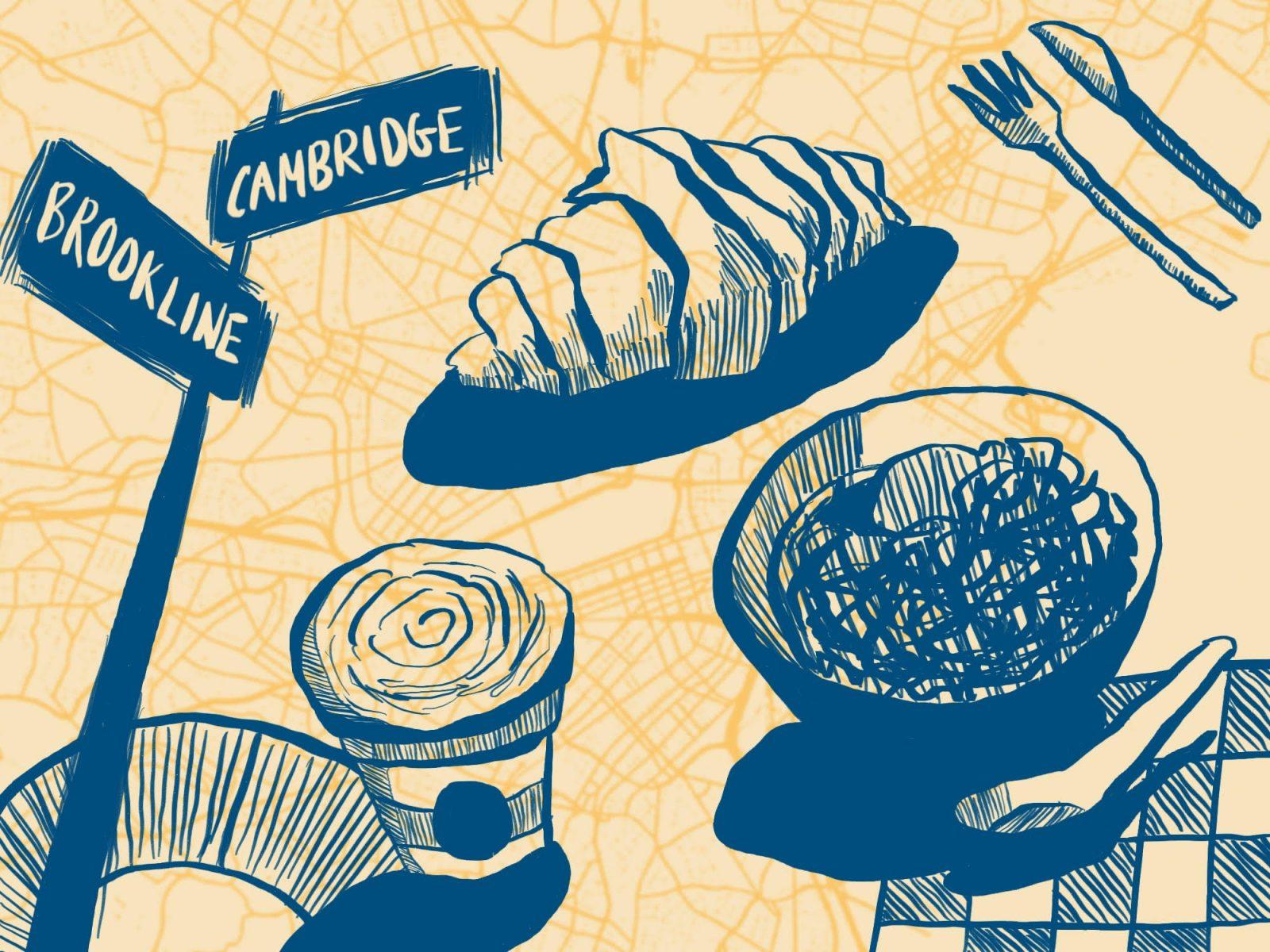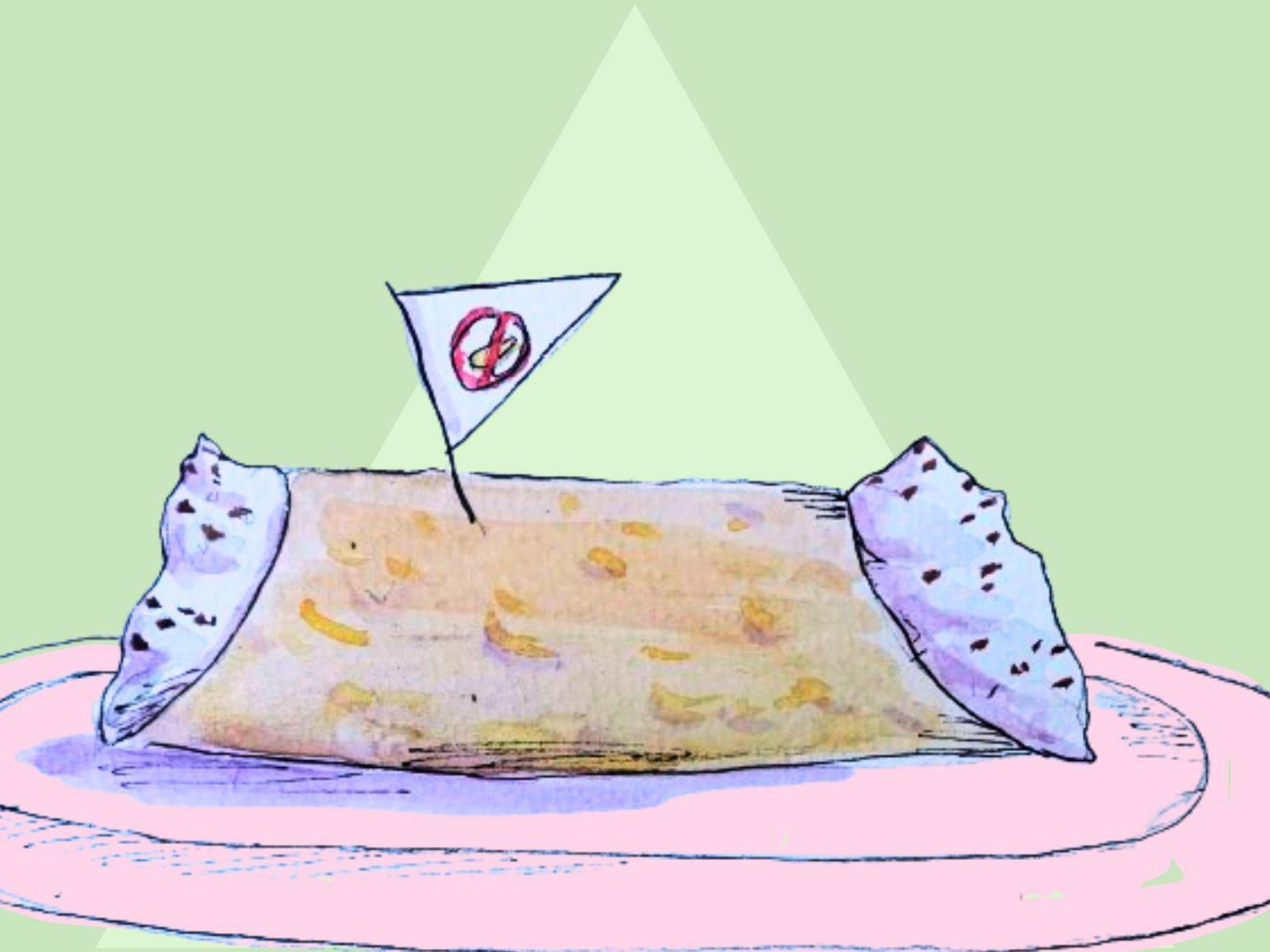Southern Magnolia — a tree that is full of charm and is known for its beauty. It can grow up to 80 feet in height, producing the most alluring of flowers — yet evoking bitter memories. Just that name, Magnolia, reminds me of the overwhelming citrus scent these flowers produce.
The tree is native to the southeastern United States — the deep South, full of history and culture. People from up North simply do not understand. They may look down on the South as full of poor, uneducated racists, lumping us all together to avoid the raw truth.

The beauty of the South is that it is an enigma. The Magnolia tree not only smells like citrus but also like burning flesh.
Southern trees bear a strange fruit, blood on the leaves and blood at the root.
When I was 17 years old, I visited Montgomery, Alabama — less than a three-hour drive from my hometown of Atlanta, Georgia. For a class trip, we visited the nation’s only lynching memorial, the National Memorial for Peace and Justice. Because I did not expect much from this trip, I didn’t realize that it would profoundly change me.
Previously in class, we analyzed the song “Strange Fruit,” sung by Billie Holliday in 1939 — a song about lynchings in the United States.
It proved to be controversial, as many white people did not appreciate Holliday singing about their crimes. They were uncomfortable at her testimony, one that could speak for millions in the nation who were brutalized and terrorized.
However, Holliday stood her ground, even when she knew her life was at risk, singing over and over again about the “Black bodies swinging in the southern breeze…the bulging eyes and the twisted mouths.”
The museum consisted of two parts. The first part was outside — a memorial dedicated to all known and recorded lynching victims in the United States. Their names were listed on blocks and organized by county.
I looked for Georgia and then walked over to my home county, Fulton. It had the most lynchings out of any county I saw — even more than counties in Mississippi and Alabama.
There were reasons listed for these lynchings — which were utterly ridiculous, and I couldn’t make sense of what I was reading. People were lynched for simply asking for water.
Then, I made my way to the interior portion of the museum. There, I was immediately met by a large sign that read “You are standing on the site of a former slave pen.”
But, it was still not the most horrifying thing I had seen that day.
Making my way further into the memorial, there was a large photograph. It didn’t seem very old — which may be why it stuck with me.
It was a photo of three Black men holding a casket of a lynching victim. Their eyes pierced through the photograph and into my soul. They were filled with remorse and grief — enough to drown the world.
I couldn’t take my eyes off of this photo, as their silence spoke so loudly. Their faces were full of horror, disbelief and lamentation. It almost felt biblical, like the grief that Mary felt when she lost her beloved son.
As I looked over, I saw jars of soil that were near the photograph. The soil was collected from different sites of recorded lynchings.
I started to think, and realized that these jars of dirt carried the bodies of the victims. Victims that remain nameless, faceless and stuck in time — their lives suspended because of the refusal of someone to see them as human.
This belief, even if it never manifests into lynchings, still kills. Their memories, their families and their laughs were in these jars. How could a person fit into a tiny jar?
I left, baffled that human beings could be capable of such wickedness.
After experiencing the museum, Montgomery felt different. My class was silent. Nobody cared to crack any jokes. The air even started to smell different — like rotting garbage, reminiscent of the Southern Magnolia that Billie Holiday sung about decades prior.
I went home that night, and on the table, I saw flowers from a Magnolia tree that my mother had received as a gift. She told me to smell them, and indeed did they smell like citrus.




